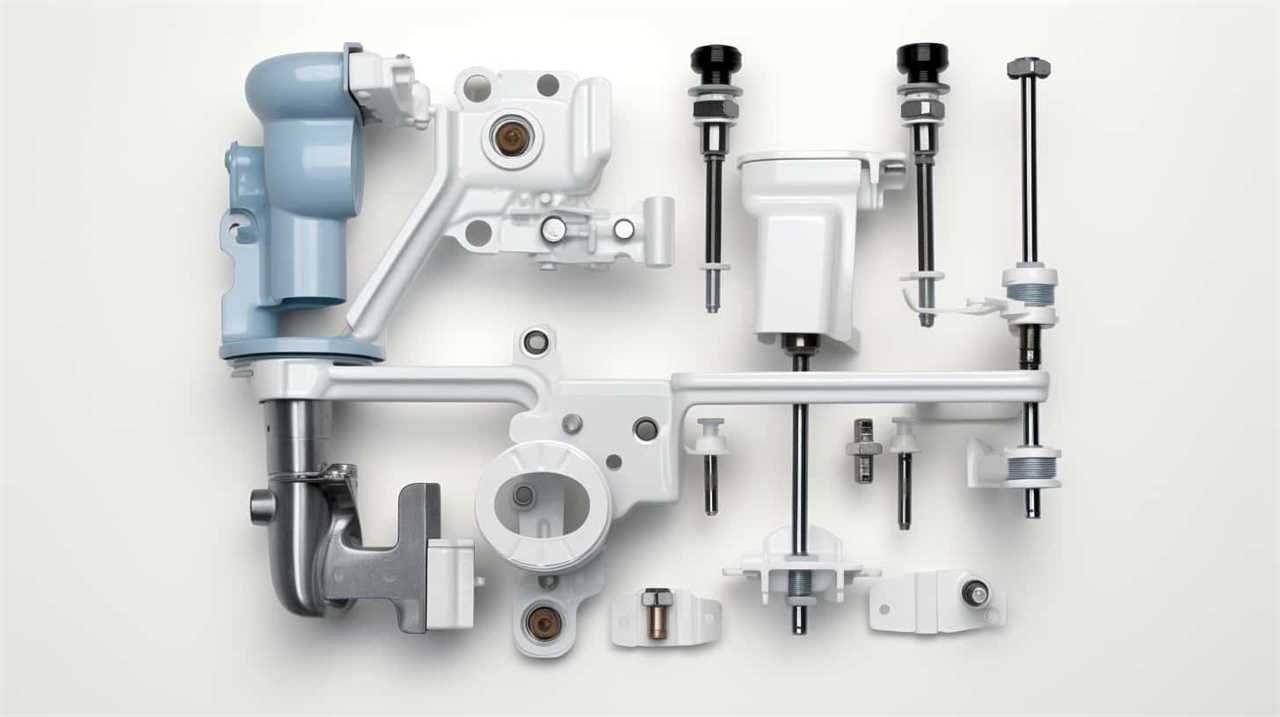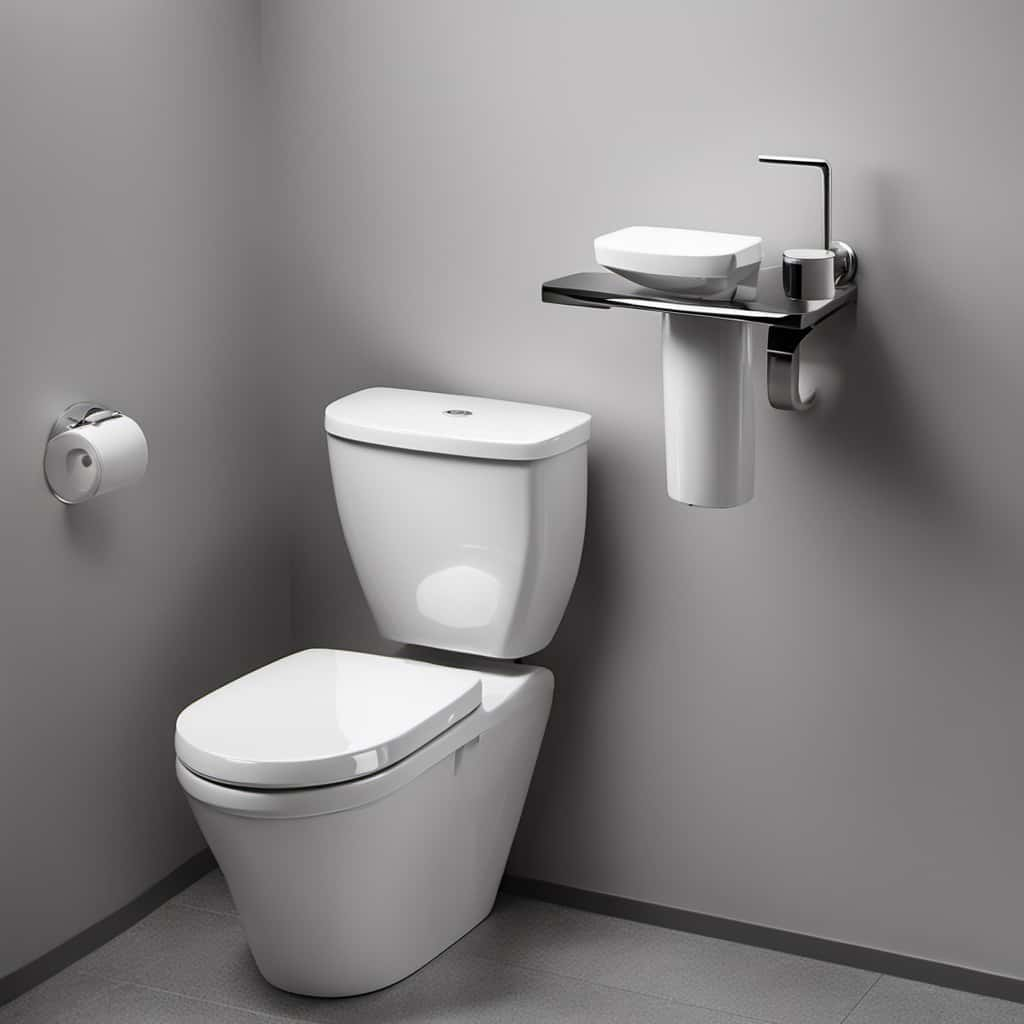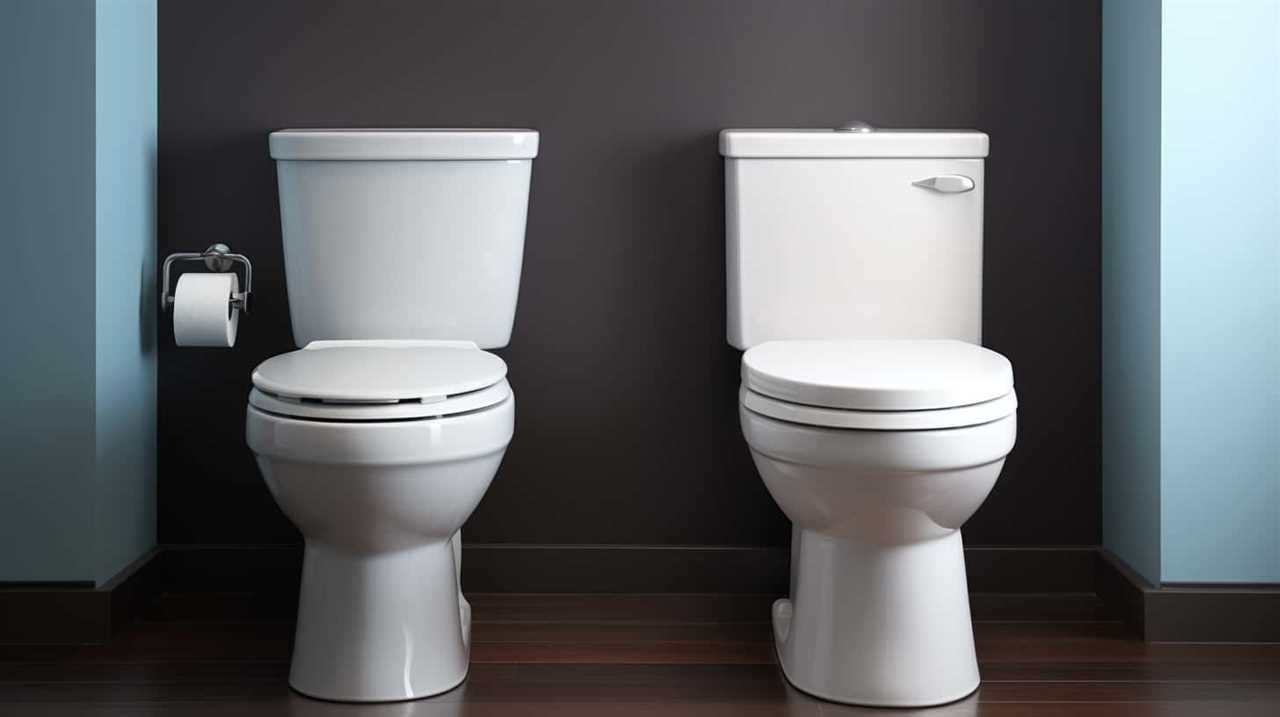Are you wondering if you can flush your toilet when your septic tank is full? Well, let us tell you, it’s like trying to fit a square peg in a round hole.
We’re here to provide you with all the technical details, signs to look out for, and precautions you should take before making that flush.
Mastering the art of understanding the consequences and proper maintenance will keep your septic system flowing smoothly, avoiding any messy overflows.
Key Takeaways
- Flushing a toilet with a full septic tank can cause ineffective pumping, damage to the tank or pipes, increased risk of clogs, and contamination of groundwater.
- It is important to seek professional help for a full septic tank as they have the expertise, proper equipment, and knowledge of appropriate solutions to prevent further damage or issues and ensure the longevity of the septic system.
- Ignoring a full septic tank can lead to health hazards from wastewater exposure, environmental pollution, fines or penalties for non-compliance, expensive repairs or replacements, and decreased property value.
- Preventive measures for maintaining a septic tank include regular septic tank pumping, proper waste disposal, limiting water usage, regular inspection and maintenance, and educating household members about septic system care.
Understanding the Consequences
When the septic tank is full, it’s crucial that we understand the consequences before deciding whether or not to flush the toilet. Septic backups can occur if the tank isn’t properly maintained, leading to unpleasant odors, sewage leaks, and potential damage to the septic system.

It’s important to prevent septic backups by practicing DIY septic tank maintenance. Regularly inspecting and pumping the tank, avoiding excessive water usage, and being mindful of what goes down the drain are key steps in preventing backups.
Neglecting these maintenance tasks can result in costly repairs and disruptions to daily activities. By understanding the consequences of flushing a toilet when the septic tank is full, we can prioritize proper maintenance and ensure the longevity and functionality of the septic system.
Signs of a Full Septic Tank
To determine if a septic tank is full, we should be aware of the signs that indicate it needs to be pumped. Here are four key signs to look out for:
- Slow Draining Fixtures: If your sinks, showers, or toilets are draining slowly, it could be a sign that your septic tank is full. This occurs when the tank reaches its capacity and can’t handle the incoming wastewater efficiently.
- Foul Odors: A strong, unpleasant odor around your septic tank or in your yard may indicate that the tank is full and needs to be pumped. The buildup of solid waste can release foul-smelling gases, which are a clear indication that maintenance is required.
- Sewage Backup: If sewage starts to back up into your sinks, showers, or toilets, it’s a definite sign that your septic tank is full. This occurs when there’s no more space for the wastewater to go, resulting in a backup of sewage into your home.
- Lush Grass or Standing Water: A septic tank that’s full can cause excess water to rise to the surface, leading to patches of unusually lush grass or standing water in your yard. This indicates that the wastewater isn’t being properly absorbed into the soil, which is a sign of a full tank.
Regular septic tank maintenance and pumping are essential to prevent these issues. By recognizing these signs, you can address a full septic tank promptly and avoid potential problems.
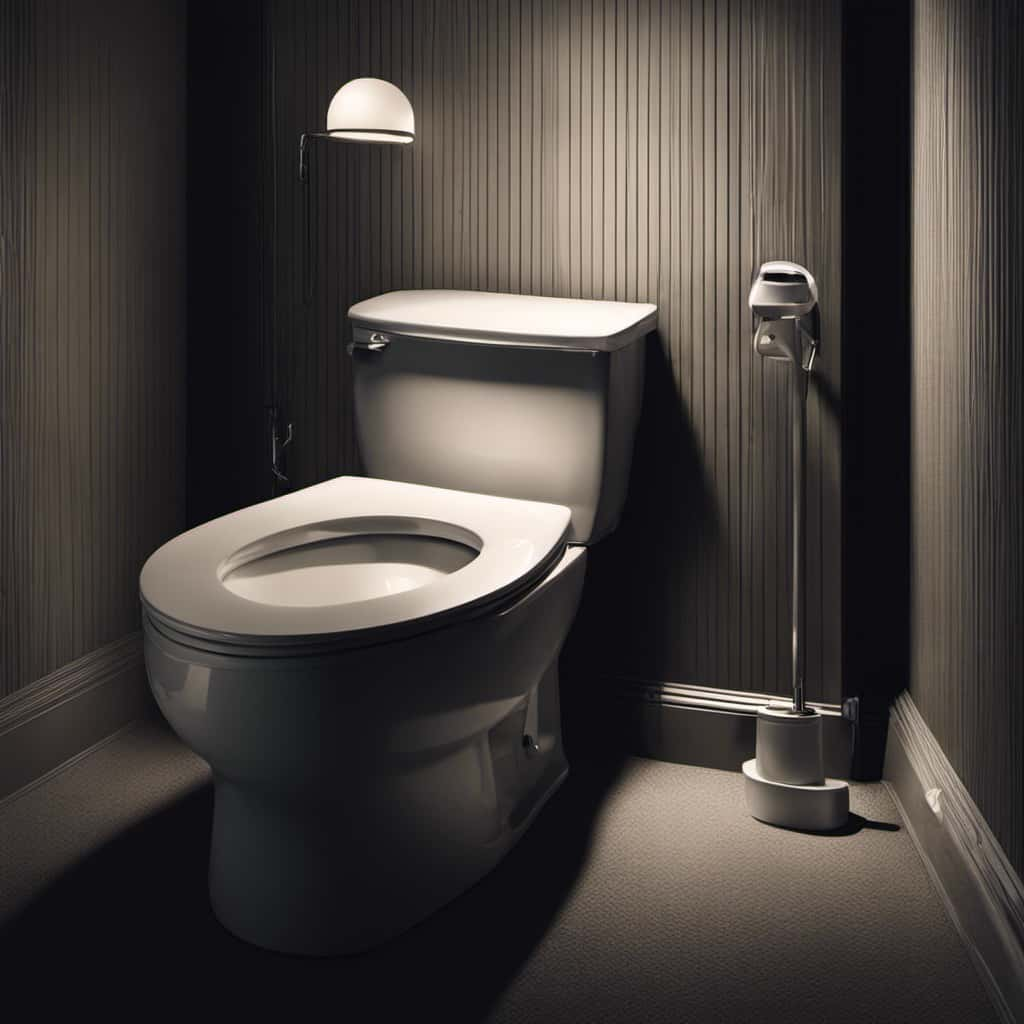
Precautions to Take Before Flushing
Before flushing, it’s important to take certain precautions to ensure the proper functioning of a full septic tank. By following these precautions, you can prevent blockages and avoid the need for septic tank pumping.
Firstly, be cautious of what you flush down the toilet. Avoid flushing items such as sanitary products, wipes, or excessive amounts of toilet paper, as they can clog the system.
Additionally, it’s recommended to spread out water usage throughout the day rather than using large amounts of water at once. This helps prevent overwhelming the septic tank and allows it to process waste more efficiently.
Regular maintenance, such as inspecting and cleaning the septic system, is also crucial in preventing blockages and ensuring proper functioning.
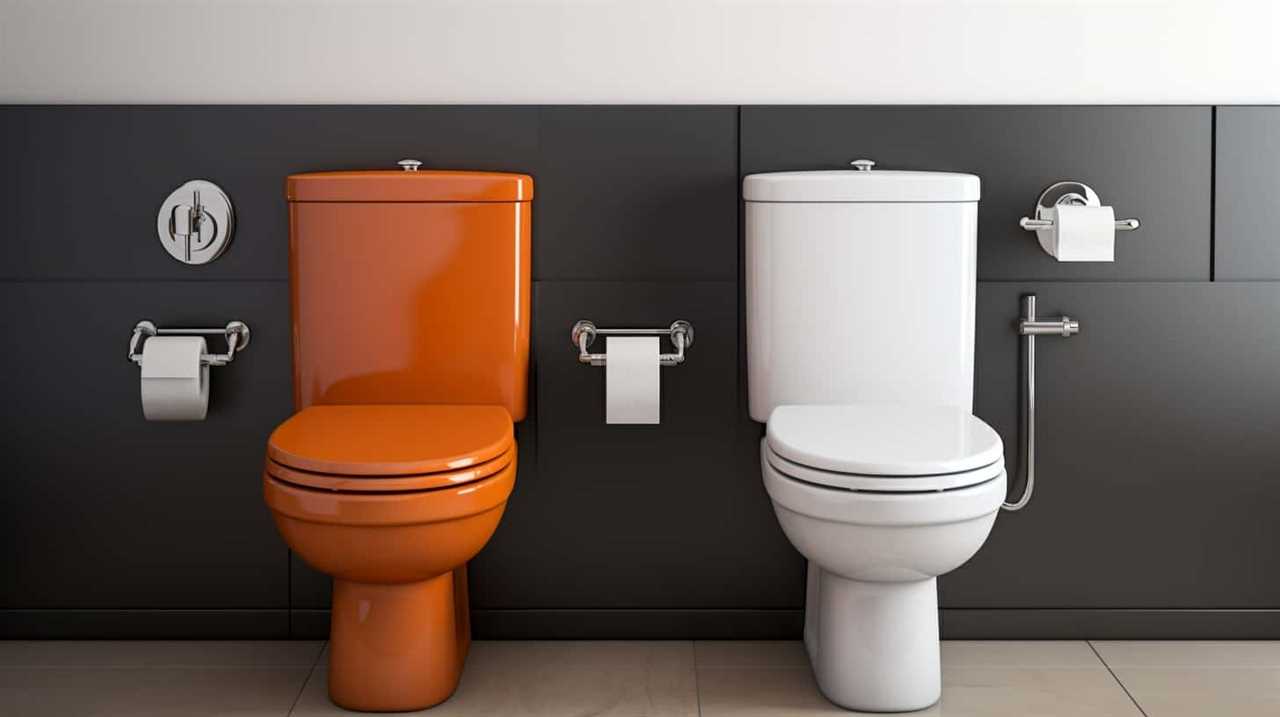
Proper Maintenance to Avoid Tank Overflows
To properly maintain a septic system and avoid tank overflows, we should regularly schedule septic tank pumping. This crucial task ensures that the tank doesn’t reach its maximum capacity and prevents potential issues such as sewage backup or foul odors.
Here are four important steps to follow when it comes to septic tank maintenance:
- Regular cleaning: Schedule septic tank cleaning every 3-5 years, or as recommended by a professional. This process involves removing the accumulated sludge and debris from the tank, allowing it to function properly.
- Monitoring water usage: Be mindful of excessive water usage, as it can overload the septic system. Consider implementing water conservation practices and fixing any leaks promptly.
- Proper waste disposal: Avoid flushing non-biodegradable items, chemicals, or excessive amounts of oil and grease down the drain. These substances can clog the system and hinder its performance.
- Protecting the drain field: Keep heavy vehicles, machinery, and structures away from the drain field area to prevent damage to the septic system.
When to Seek Professional Help
When experiencing issues with a full septic tank, it’s essential to consider contacting a professional for assistance. While some problems can be resolved with DIY solutions, it’s important to know when it’s time to seek expert help.
One common mistake homeowners make is waiting until the tank is completely full before taking action. This can lead to backups, foul odors, and potential damage to the septic system.
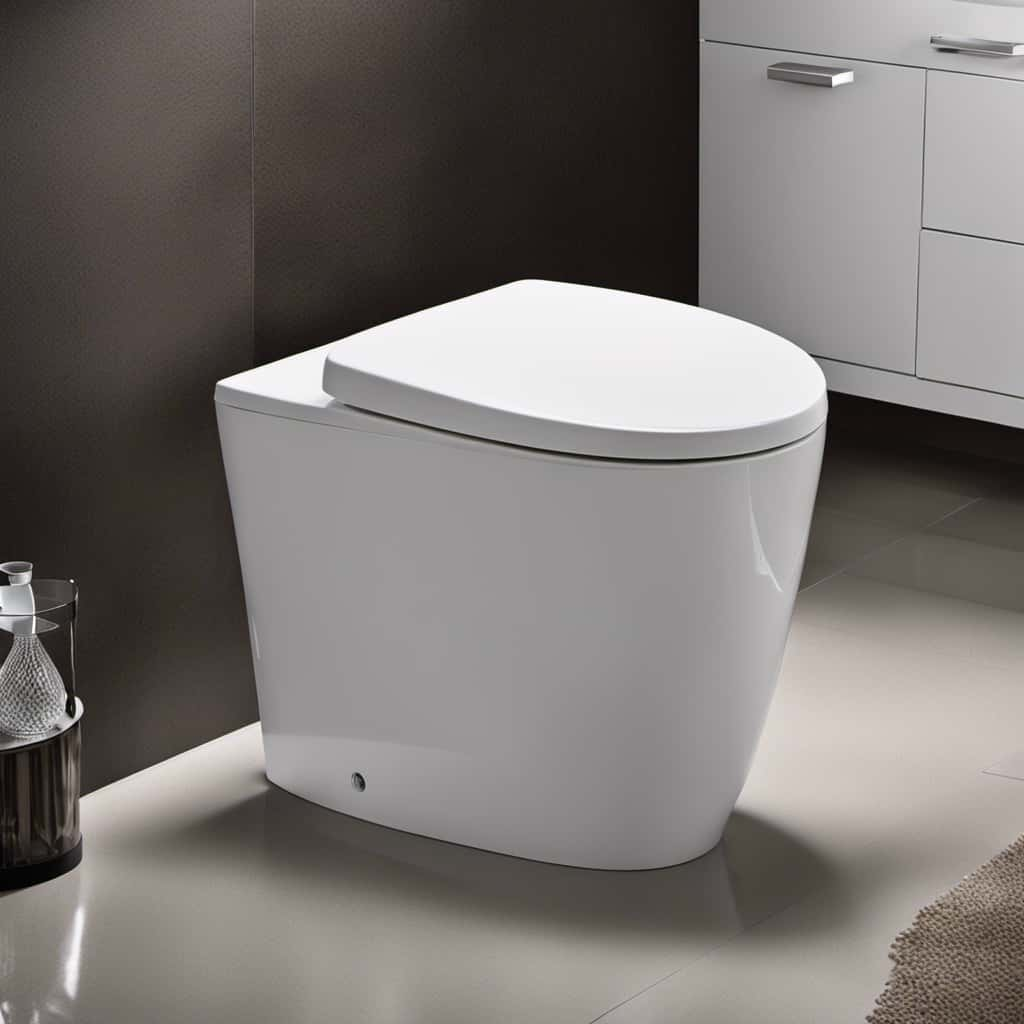
Another mistake is attempting to pump the tank without the proper equipment or knowledge. This can result in ineffective pumping or even damage to the tank or surrounding pipes.
It’s recommended to seek professional help if you notice signs of a full septic tank, such as slow draining sinks or toilets, foul odors, or wet spots in your yard. A septic tank professional will have the expertise and equipment to properly assess the situation and provide appropriate solutions.
Frequently Asked Questions
How Does a Full Septic Tank Affect the Environment?
A full septic tank can have detrimental effects on the environment. It can contaminate groundwater, leading to pollution and health risks. Additionally, the excess waste can negatively impact nearby vegetation, inhibiting growth and causing damage.
Can a Full Septic Tank Lead to Health Hazards for Residents?
Yes, flushing a toilet when the septic tank is full can lead to health hazards for residents. Neglecting septic tank maintenance can result in risks such as sewage backups, contamination of groundwater, and the spread of diseases.

What Are the Signs That Indicate a Septic Tank Is Almost Full?
Yes, you can flush your toilet if the septic tank is full, but it’s not recommended. It’s important to properly maintain your septic tank to avoid common causes of failure and ensure it doesn’t become full.
Are There Any DIY Methods to Reduce Septic Tank Overflow?
To prevent septic tank overflow, there are DIY septic tank maintenance techniques available. Regularly pumping the tank, using bacteria additives, and being mindful of water usage are effective methods to maintain the septic system’s functionality.
How Often Should a Septic Tank Be Pumped to Avoid Overflowing?
To maintain a healthy septic tank and prevent overflow, it is recommended to pump the tank every 3-5 years. Neglecting pumping can lead to common causes of overflow, such as buildup of solids and clogging of drain fields.
Conclusion
So, the next time you find yourself asking, ‘Can I flush my toilet if the septic tank is full?’ remember the potential consequences.
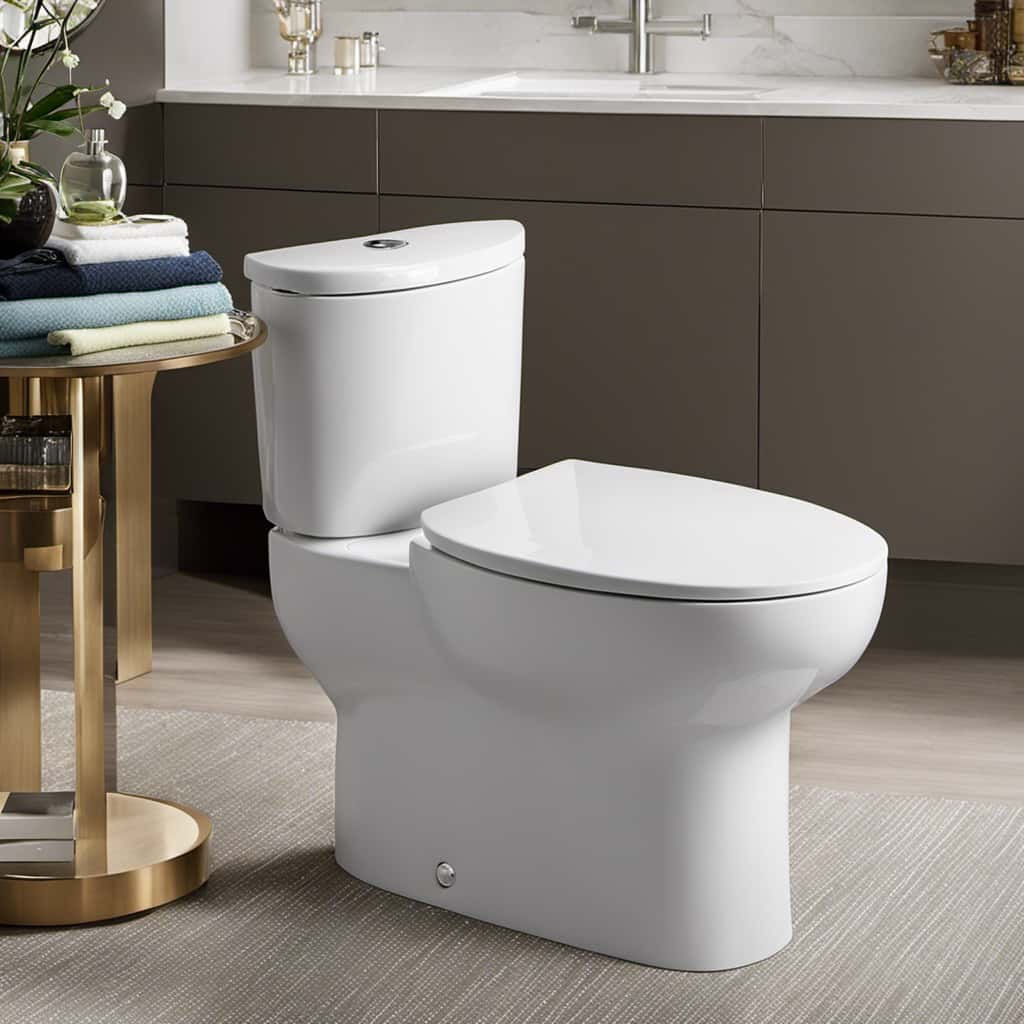
While it may seem convenient in the moment, the irony lies in the fact that a simple flush could lead to a messy and expensive disaster.
By understanding the signs of a full septic tank, taking precautions, and properly maintaining your system, you can avoid the need for professional help and enjoy a functioning toilet without any ironic surprises.
